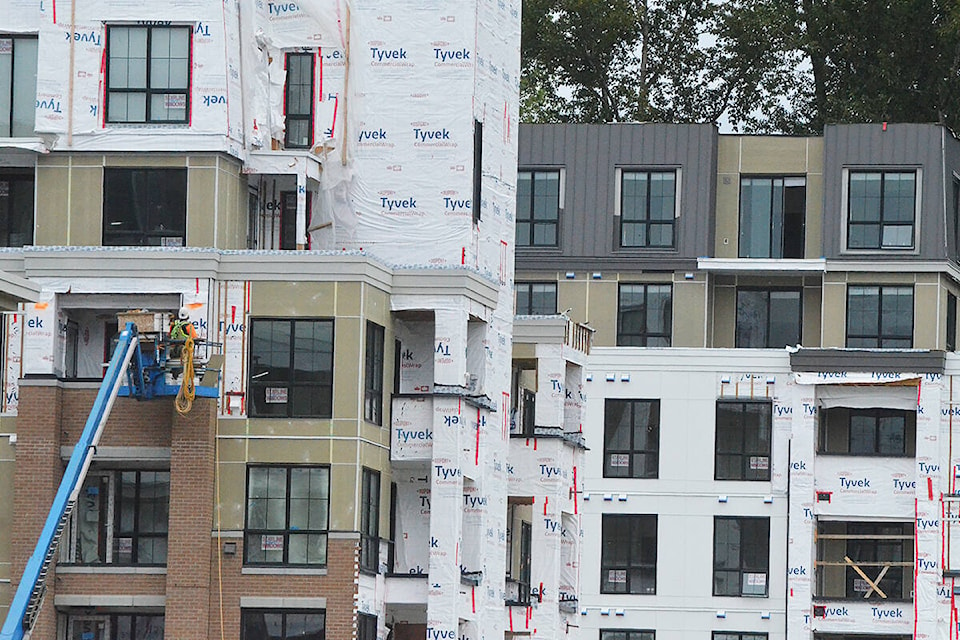My belief that the housing crisis in Canada is going to resolve itself by way of a massive price crash – which would create a whole bunch of new problems – might be wrong. Maybe the price of housing will really just level off in a year or two! Maybe it’ll go down a little bit and then back up a little bit and then…
You get the idea.
The one thing I’m sure the housing prices won’t do?
They won’t keep going up like they have in the last few years (or since 2004, on average). They’re going to go down at some point.
But when people worry about the price of housing, there’s a tendency to just take the recent past, like a 30- or 40-per-cent average increase in the price of housing, and project that into the future.
And then to panic.
The panic part is natural, because projecting any trend out far enough will result in some horrifying disaster.
Take the birth rate.
Back in the 1970s, there was a real fear of overpopulation. Books suggested we were going to all starve to death – maybe as soon as the 1980s or 1990s – as we consumed all our resources!
The books and movies inspired by that idea, like sci-fi movies such as Soylent Green, all came out after the birth rate in North America and Europe had already dropped sharply from the Baby Boom of the 1940s and ’50s.
The birth rate then dropped in a herky-jerky fashion for quite a while.
And now, we’re having a new panic, about low birth rates, and how there won’t be enough young people to support the old ones in 50 years.
In fact, we’re having both panics at the same time! Not enough people! Too many people! It’s really fascinating to watch.
The problem here is that otherwise intelligent people can’t account for the fact that any trend involving human beings, whether economic growth, birth rates, immigration rates, house prices, whatever, isn’t going to keep going in the same direction forever.
READ ALSO: Painful Truth – Reaction to museum plans are out of whack
READ ALSO: Painful Truth – Elite panic and the monkeypox
People are going to do things that will change the trajectory of those trends.
Consider car ownership.
If you went back to around 1922, for example, and you looked at the history of car ownership, you would see that cars had gone from around one per cent of the population owning a car around the turn of the century, when cars were for the rich, to something that were much more common. Lots of people had cars! You could project that rate of growth forward indefinitely, and assume that by 2022, every single individual would own 10 cars!
Of course, that didn’t happen. Every trend runs out of steam, and many will eventually go into reverse.
I will bet you $20 that 20 years from now, rates of car ownership in Metro Vancouver will be lower than they are now, because density and better transit and the high cost of car ownership will erode it.
But that trend won’t keep going, either. We aren’t going to hit a future of zero cars in a hundred years.
Nor will we hit a future of zero births, or billion-dollar houses. Every trend ends.
Have a story tip? Email: matthew.claxton@langleyadvancetimes.com
Like us on Facebook and follow us on Twitter.
